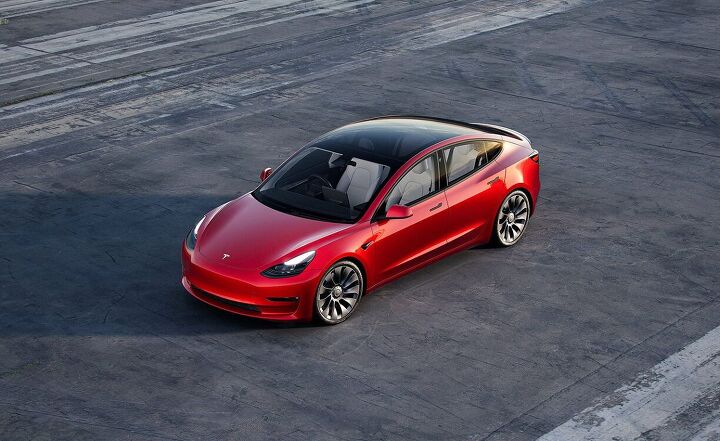Uber Drivers Say Charging Is Their Biggest Barrier To EV Use

The push to rapidly electrify ride-hailing fleets is facing a new hurdle—charging infrastructure. According to data from Uber's recent driver survey, vehicle cost is no longer the primary concern stopping U.S. and U.K. drivers from switching to electric vehicles.
Key Points
- For the first time in four years of surveys, Uber reports that access to charging—not vehicle cost—is the main reason drivers in the U.S. and U.K. are hesitant to switch to electric vehicles.
- The company has developed an Electric Vehicle Infrastructure Estimator to help cities identify where to build charging stations, starting with 40 cities covering 60% of Uber's EV driver base.
- Rebecca Tinucci, Uber’s head of electrification and former Tesla charging chief, is spearheading partnerships and initiatives to expand charging access, starting with projects in London, Boston, and Phoenix.
For the first time in four years of polling, charging difficulties now top the list of adoption barriers.
Falling sticker prices and improved manufacturer incentives have made electric vehicles more attainable from a raw financial standpoint, but Uber’s data indicates that charging limitations, especially for drivers who live in urban settings without access to home chargers, present a major new challenge.
In the U.S., only about one-third of Uber EV drivers have a dedicated charger at home. In the U.K., the number is just 27%, and even lower in the Netherlands at 13%. Uber has more than 230,000 EV drivers worldwide.
Uber is leaning on expertise from Rebecca Tinucci, the former Tesla charging infrastructure executive is now head of electrification at the ride-hailing app. Under her leadership, Uber has launched several initiatives designed to improve access for its rapidly growing base of EV drivers.
“There’s an incredible base of demand there that we at Uber should be able to rally in support of developing more infrastructure,” Tinucci said. “What brought me to Uber was the potential for impact. We have the largest EV fleet in the world, and we’re just getting started.”
The company hopes its new Electric Vehicle Infrastructure Estimator tool will help city planners across a network of 40 cities determine the best locations for future charging stations based on Uber driver patterns. The goal is to prove a viable client base of electric vehicle owners with frequent charging demands exists in order to make it worthwhile to invest in new EV charging stations.
Become an AutoGuide insider. Get the latest from the automotive world first by subscribing to our newsletter here.

An experienced automotive storyteller and accomplished photographer known for engaging and insightful content. Michael also brings a wealth of technical knowledge—he was part of the Ford GT program at Multimatic, oversaw a fleet of Audi TCR race cars, ziptied Lamborghini Super Trofeo cars back together, been over the wall during the Rolex 24, and worked in the intense world of IndyCar.
More by Michael Accardi



































Comments
Join the conversation
What Uber & Lyft need is the reliable micro grid synergy of solar canopies shading hot asphalt parking lots, with non-flammable on-site BESS and Vehicle-2-Grid chargers that generate, store & distribute the cheapest renewable energy right where most utility rate-payers live, commute & work. No new utility monopoly transmission, interconnection, site acquisition, or other site improvement spending required. And no complicated, expensive permitting or angry NIMBYS. These benefits are so obvious to the owners of new health care facilities in my county, they’ve already covered 80% of their parking with solar canopies. They get it.
France has already adopted this fix. They've mandated solar canopies on ALL existing parking lots larger than 80 spaces within 5 years, and very large lots within 3 years. France, the country with the largest % of nuclear generation.